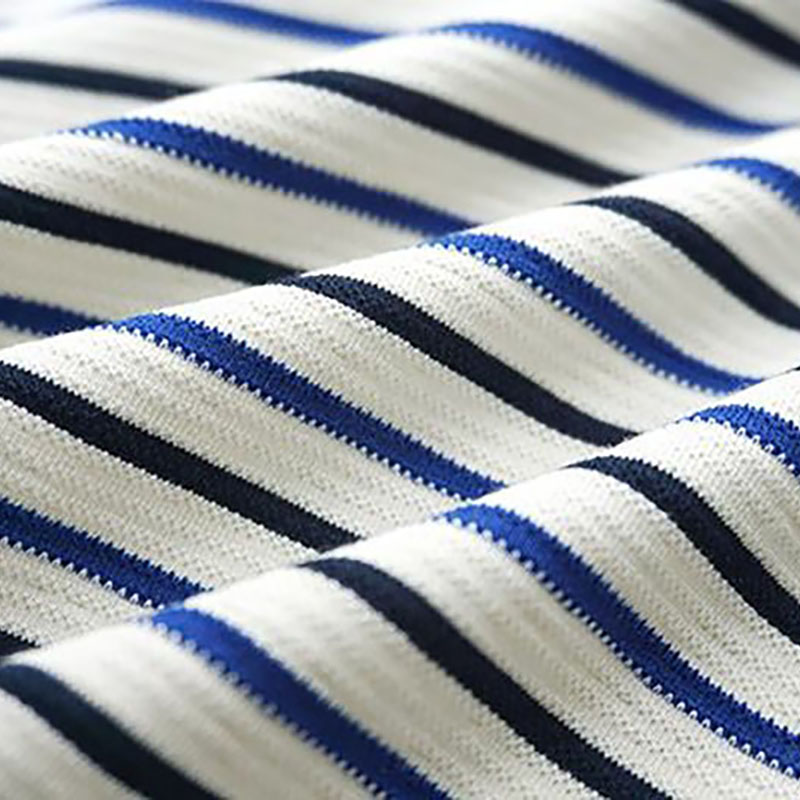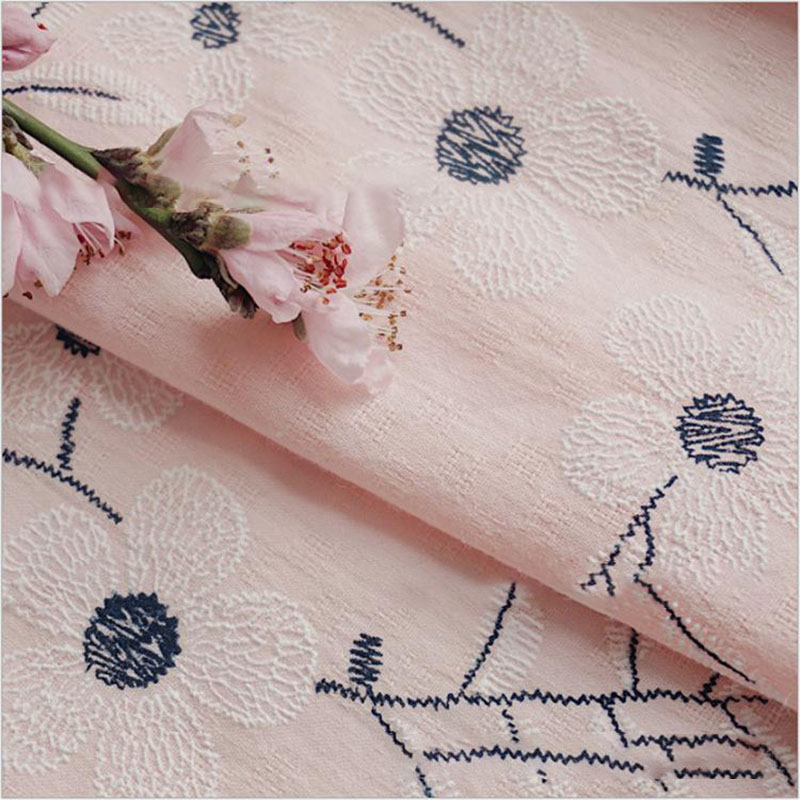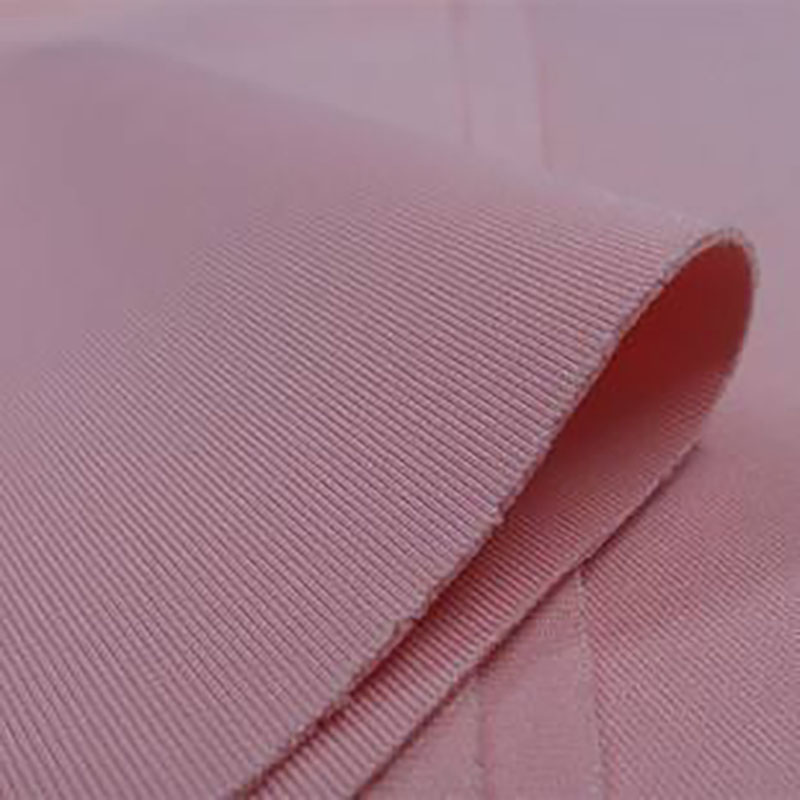In the ever-evolving landscape of home textiles, the quest for innovation has never been more critical. As I delve into this dynamic industry, I observe remarkable advancements that not only enhance aesthetic appeal but also prioritize functionality and sustainability. This article outlines the key directions and trends shaping the future of home textile fabrics.
.jpg)
Sustainability is a cornerstone of modern textile innovation. As I review recent developments, I notice an increasing demand for eco-friendly materials. Manufacturers are now exploring organic fibers and recycling processes, leading to a significant reduction in environmental impact. These sustainable fabrics are not only appealing to eco-conscious consumers but also set a new standard in the industry.
As I observe technological advancements, one area stands out: smart textiles. These innovative fabrics integrate technology to perform a variety of functions. From moisture-wicking capabilities to embedded sensors that monitor health, the potential applications are limitless. The integration of smart textiles not only enhances consumer experience but also opens up new markets for home textile companies.

In addition to functional advancements, aesthetic changes continue to be a priority. The textile industry is now characterized by vibrant colors and unique textures. According to current trends, consumers lean towards fabrics that not only look good but also feel good. Textiles that combine traditional weaving techniques with modern design are highly sought after.

As I reflect on the current landscape of home textile fabrics, it is clear that innovation is key to staying competitive. The integration of sustainability, technology, and aesthetic appeal will shape the future of the industry. By focusing on these emerging trends, companies can position themselves for success in an increasingly aware and demanding marketplace.

